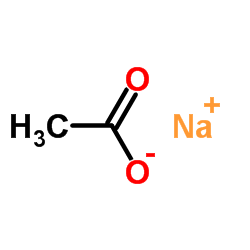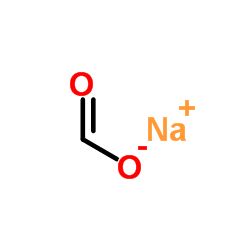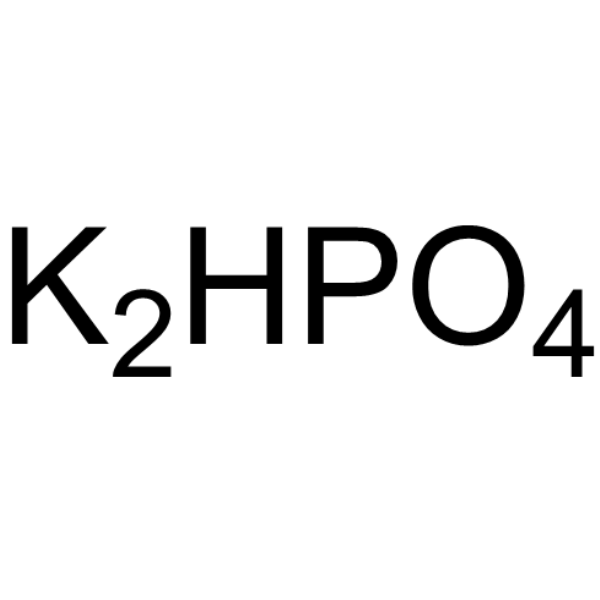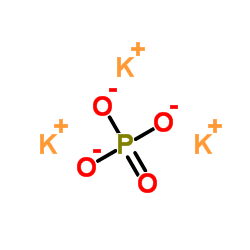| Structure | Name/CAS No. | Articles |
|---|---|---|
 |
Sodium acetate
CAS:127-09-3 |
|
 |
sodium,oxomethanolate
CAS:1218765-26-4 |
|
 |
Sodium formate
CAS:141-53-7 |
|
 |
Di-potassium monohydrogen phosphate
CAS:7758-11-4 |
|
 |
Potassium phosphate
CAS:7778-53-2 |